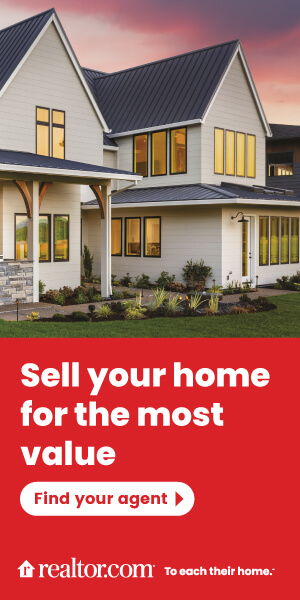When it comes to ensuring the structural integrity and longevity of a commercial building, the roof is a critical component. Not only does it protect against the elements, but it also contributes to the overall aesthetics and energy efficiency of the building. However, understanding the cost of Livonia, MI commercial roof installation can often be a daunting task for business owners and property managers.
Factors Influencing the Cost of Commercial Roof Installation
The price tag for installing a new commercial roof varies widely based on several factors. These include the type of roofing material used, the size and pitch of the roof, accessibility, and the geographic location of the property.
Type of Roofing Material
The choice of roofing material is one of the most significant factors influencing cost. Common materials include traditional asphalt shingles, metal roofing, and more eco-friendly options like TPO or EPDM. Each material comes with its own set of pros and cons, impacting both the upfront cost and long-term maintenance expenses.
For instance, asphalt shingles are often the most economical but may require more frequent maintenance. Metal roofing, on the other hand, is durable and long-lasting but can be more expensive initially. Deciding on the right material requires weighing budgetary constraints against long-term performance needs.
Roof Size and Pitch
The size of the roof is directly proportional to the cost. Larger roofs require more materials and labor, naturally raising the overall expense. Additionally, the pitch or slope of the roof can affect both the complexity of installation and the materials needed. Steeper roofs may require more safety precautions and increased labor, further adding to the cost.
Accessibility
Accessibility plays a crucial role as well. Buildings located in hard-to-reach areas or those requiring special equipment for maneuvering around obstacles will see a rise in labor costs. Proper planning can help mitigate some of these expenses, but it’s essential to factor them into the budget from the outset.
Location-Based Costs
Geographic location can also influence the cost of commercial roof installation. For example, regions prone to severe weather conditions may require more robust roofing solutions, driving up the price. The commercial roofing in Livonia, MI might have specific requirements that impact both the choice of materials and overall installation costs.
Typical Costs Associated with Commercial Roof Installation
On average, the cost of installing a new commercial roof in the U.S. ranges from $5 to $12 per square foot. For a 10,000-square-foot building, this translates to a cost between $50,000 and $120,000. These figures can vary significantly based on the factors discussed above.
Permit and Inspection Fees
Most commercial roofing projects require permits and inspections, which add to the cost. This ensures that the new roof meets local building codes and regulations, avoiding potential fines or remedial work later.
Labor Costs
Labor costs are a significant portion of the total installation budget. Skilled workers demand competitive wages, and the complexity of the job will influence the amount of manpower and time required for completion. Factor in these costs when projecting the overall budget.
Maintenance and Repair Considerations
While upfront installation expenses are a primary concern, ongoing maintenance is equally important. Regular maintenance can prevent costly issues from arising, such as the need for commercial roof leak repair Livonia, MI. Allocating a budget for periodic inspections and minor repairs can significantly extend the life of the roof.
Saving on Commercial Roof Installation Costs
Though the costs might seem daunting, there are ways to economize without compromising on quality.
Opt for Efficient Roofing Materials
Choosing energy-efficient materials can pave the way for long-term savings in utility costs. Reflective roofs reduce heat absorption, leading to lower cooling bills. While these materials might come with a higher initial price tag, they provide financial benefits down the line.
Plan for Off-Season Installation
Scheduling the installation during the off-peak season, such as late fall or early spring, can sometimes lead to discounts. Roofers might reduce prices due to lower demand, offering excellent savings opportunities.
Comparison Shopping
Seeking multiple quotes from different roofing contractors is a smart move. This provides a better understanding of market rates and can help in negotiating a fair price. Ensure that all quotes are based on the same specifications to get an accurate comparison.
Take Advantage of Tax Credits and Rebates
Many governments offer tax incentives and rebates for adopting energy-efficient solutions. Researching these financial perks can significantly offset the upfront costs of installation.
Conclusion: Navigating the Cost of Commercial Roof Installation
Installing a commercial roof is a significant investment, one that requires careful planning and consideration of various factors. By understanding the elements that influence cost and exploring strategies to mitigate expenses, property owners can make informed decisions that ensure their buildings are well-protected and energy-efficient.
Ultimately, the choice of roofing should align with both financial capabilities and the long-term vision for the property. With the right approach, navigating the costs of commercial roof installation becomes a manageable task, leading to successful outcomes for all involved.

